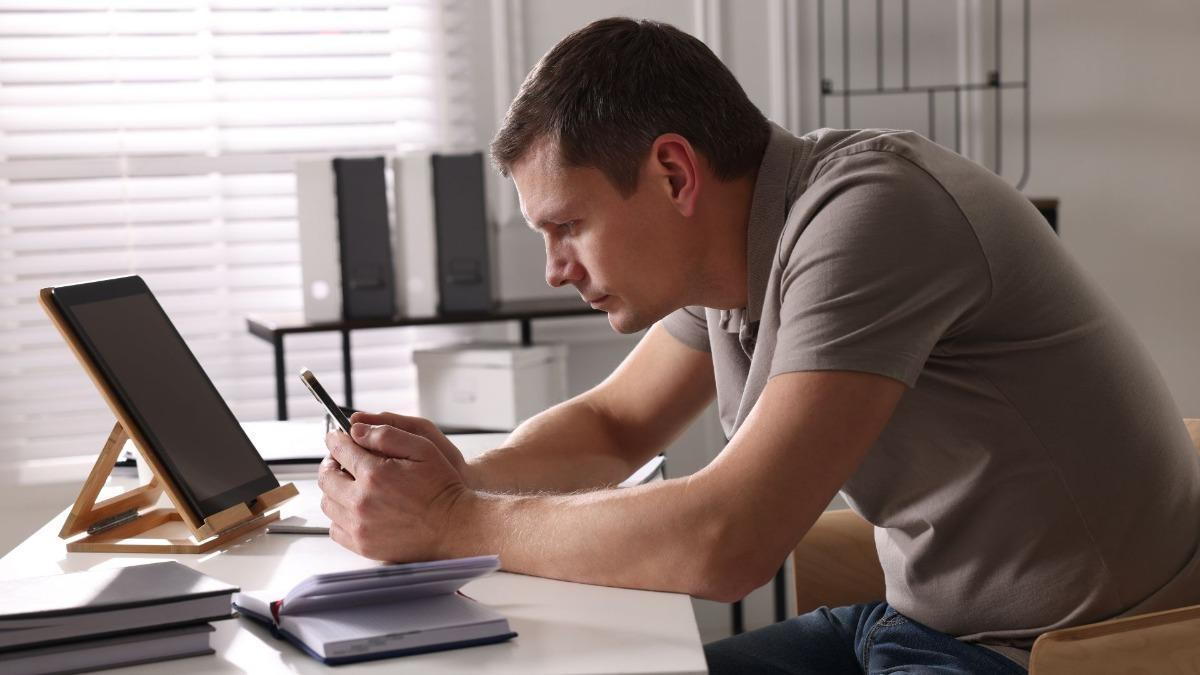
Back pain is a common complaint among patients, and it is estimated that 80% of people will experience back pain at some point in their lives. While there can be a variety of causes for back pain, the poor posture often plays a contributing role. Poor posture can cause the spine to become misaligned, leading to tension, fatigue, and pain. In this article, we will discuss the importance of posture in relation to back pain and what healthcare providers can do to help their patients improve their posture and reduce back pain.
How Can Poor Posture Lead to Back Pain?
When the body is in a poor posture, such as sitting in a slumped position or standing with hunched shoulders, the spine loses its natural alignment. This misalignment can cause muscles and ligaments of the spine to become strained and tight, leading to muscle fatigue, tension, and back pain. Poor posture also affects the way that nerves are able to communicate between the body parts, which can cause numbness, tingling, and pain in the back.
Here are a few common postural issues that can contribute to back pain:
• Slouching while sitting or standing.
• Bending the neck forward for prolonged periods of time.
• Leaning over a computer or phone for extended periods.
• Carrying bags with uneven weight distribution.
• Sleeping in an awkward or uncomfortable position.
Anything and everything that throws your body off balance can lead to poor posture and, in turn, back pain.
What Can Healthcare Professionals Do?
As healthcare professionals, it is important to be aware of the link between poor posture and back pain. By educating patients about the importance of good posture, healthcare professionals can help their patients reduce or prevent back pain.
It is important to remind patients that good posture should become a part of their daily habits and routines. Here are some tips that you can provide to patients:
• Sit up with your feet flat on the floor and your chin tucked in slightly.
• Stand with your feet hip-width apart, your shoulders back, and your abdomen pulled in.
• Lift with the legs instead of the back.
• Take regular breaks from sitting or standing for extended periods of time.
• Stretch regularly to reduce muscle tension.
These are just a few tips that healthcare professionals can provide to their patients in order to help them improve their posture and reduce or prevent back pain. If the problem still persists after a few weeks, you may consider a traction machine for back pain. The traction machine can help to align the spine and reduce muscle tension. It combines power traction technology with a patented articulating multi-axis positioning system to provide soothing and gentle vertebral, disc, and facet traction. So it will be a great option for long-term relief from back pain.
Wrapping Up
Are you ready to help your patients improve their posture and reduce their back pain? Contact us today to learn more about how our spinal decompression machine can help your patients find long-lasting relief from back pain. With the right posture and a well-designed treatment plan, your patients can enjoy a life free from pain.
